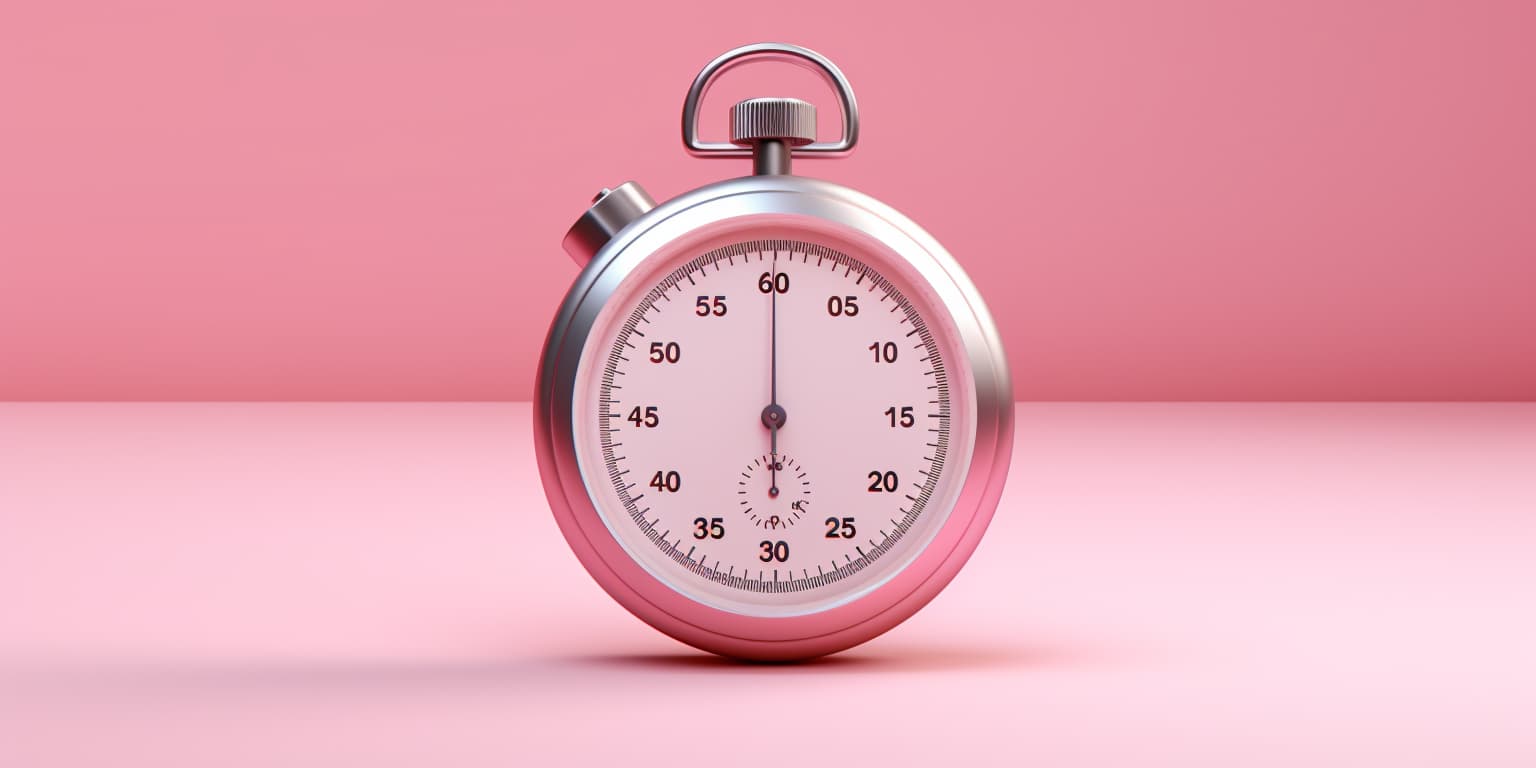Invented back in 1695, stopwatches are still used globally to measure time with highly accurate precision. The devices are mostly used in sports and science, but there are lots of ways to use a stopwatch in the modern world.
- What does a stopwatch measure?
- What is a stopwatch used for in science?
- What is a stopwatch used for in sport?
- What is the difference between a stopwatch and a timer?
What Does a Stopwatch Measure?
A stopwatch measures the amount of time that's passed between two events.
It does this using the stop and start buttons. When the start button is enabled, the stopwatch will begin tracking the time. It'll keep tracking until you click stop. Stopwatches usually have a digital screen in the center of the two buttons. This screen shows the amount of time that's elapsed.
A handheld stopwatch will usually display the time taken in minutes, seconds, and one-hundredth of a second. For even more accuracy, some stopwatches will record time down to a millionth of a second!
Typically, a stopwatch can measure the time passed in three ways:
- Cumulative: How long it takes between one event and another, e.g., the time taken for an athlete to go from the starting point to the finish line.
- Laps/splits: How long it takes between a series of events, e.g., the time is taken for an athlete to run each lap.
- Cumulative and laps/splits: How long it takes between a series of events and in total, e.g., the time taken for an athlete to run each lap and the entire race in total.
What Is a Stopwatch Used for in Science?
Since science is all about research, investigation, and understanding, knowing how long something takes is important. Scientists will typically use a stopwatch in kinetics (both chemistry and physics) and experiments to determine three things:
- Reaction: The time it takes before an event occurs.
- Speed: The time something takes in general.
- Velocity: The speed of something traveling in a particular direction.
What Is a Stopwatch Used for in Sport?
Stopwatches have always been important in the sporting world. Technology has improved significantly since the first stopwatch was invented, and nowadays, it's possible to record time as close to the mark as possible. Within the sports industry, the devices are most used for three reasons:
- To measure performance and determine rank: How long it takes an athlete to run a 100m sprint. The time taken will be used to determine first, second, and third place.
- As part of training: An athlete will use a stopwatch when training with their coach to track their performance and progress.
- During gameplay: Soccer matches will use a cumulative lap/split stopwatch to calculate any extra time needed due to pauses during gameplay.
Since sporting events are highly competitive, every second and millisecond counts, so time must be recorded as precisely as possible.
What Is the Difference Between Stopwatches and Timers?
While stopwatches and timers are very similar in nature, they have two main differences:
- A stopwatch counts up from zero, whereas a timer counts down to zero.
- A stopwatch measures the time taken between two events, whereas a timer measures a certain period of time.
For example, if a meal takes 10 minutes to cook, a timer can count down and sound an alarm when those 10 minutes have passed. However, if you want to see how long it takes to cook a meal, it's better to use a stopwatch since you can start it when you begin cooking and stop it when you finish cooking.
